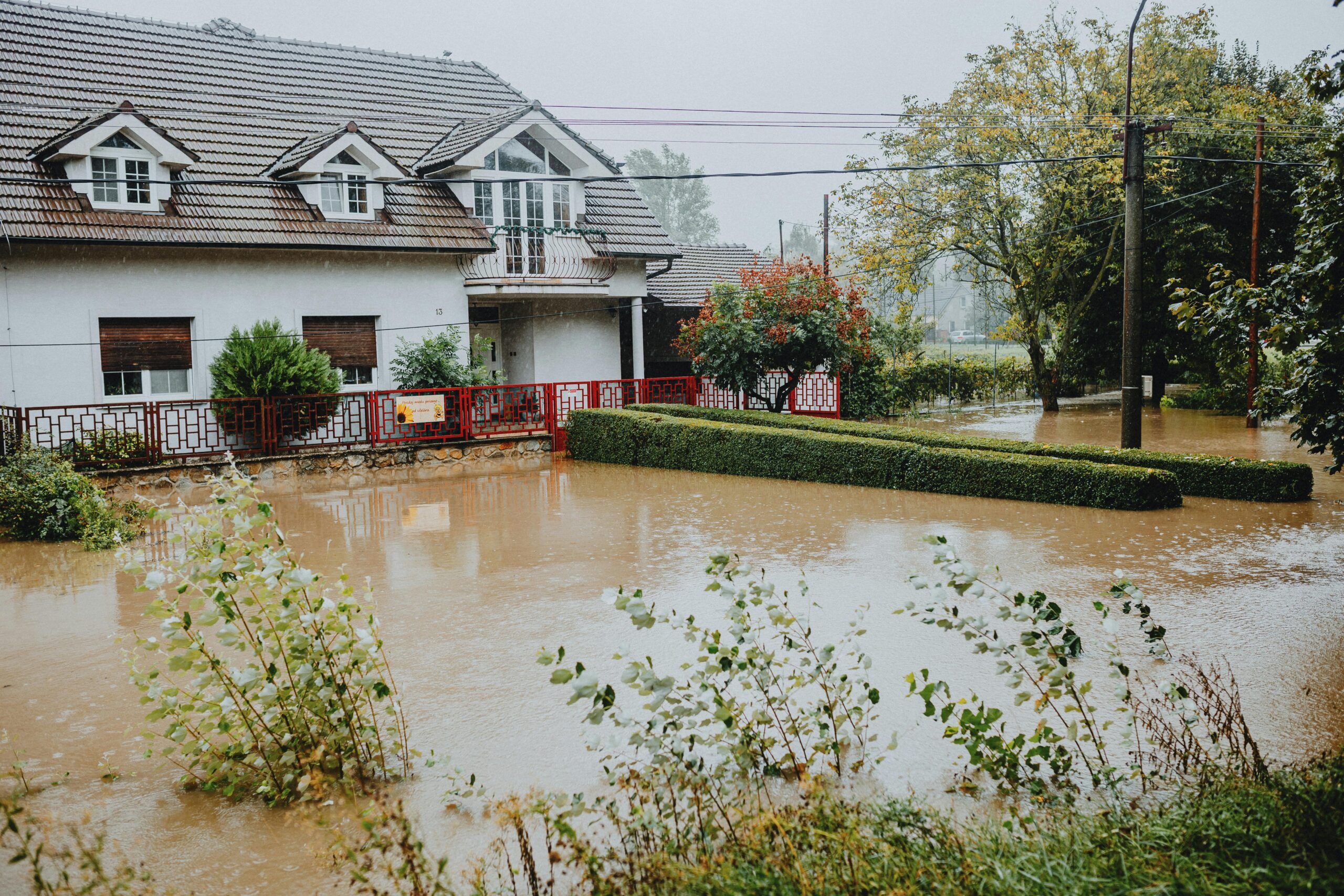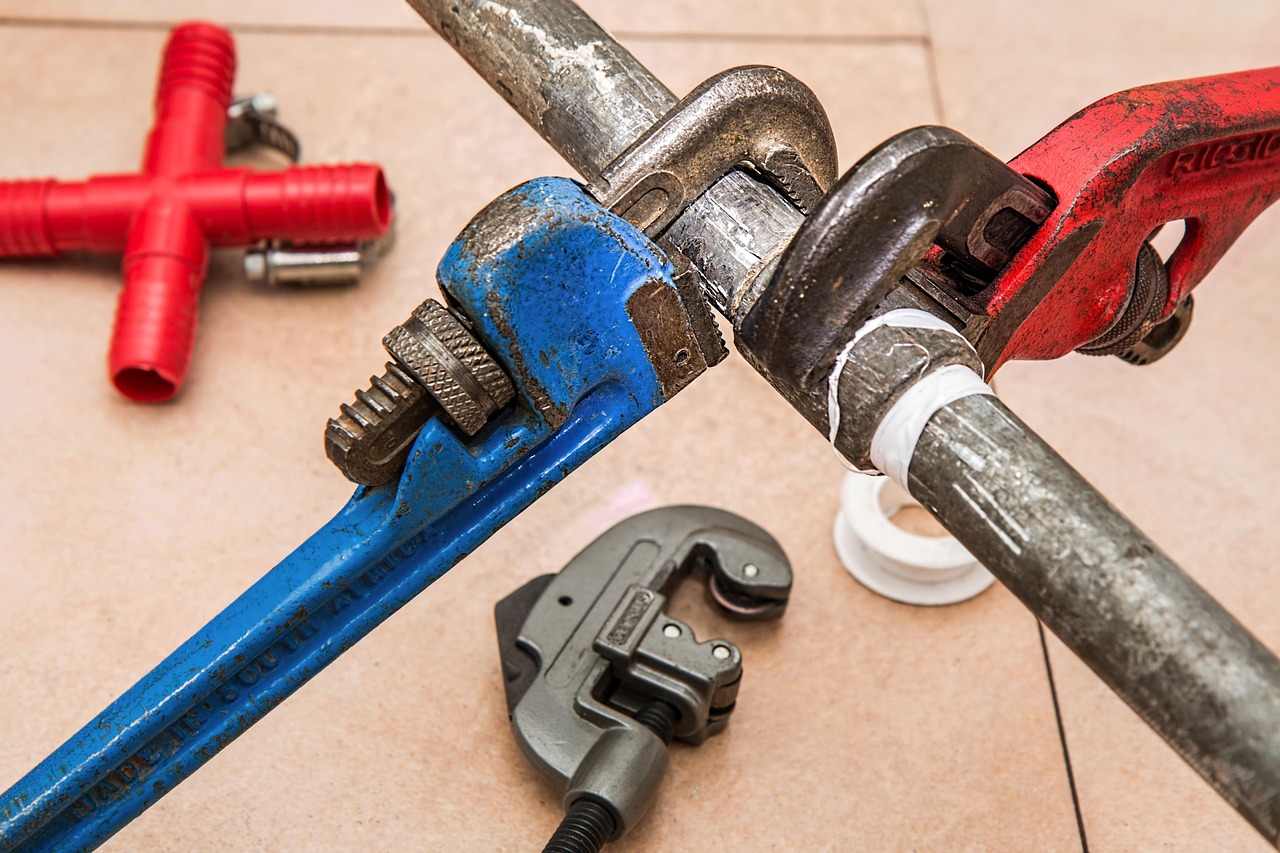Water damage is among the most common and costly problems homeowners face, often striking without warning and causing significant property damage. From insidious leaks behind walls to catastrophic burst pipes or basement flooding, the destruction can be extensive and repairs expensive. This comprehensive guide covers essential prevention strategies to protect your home from water damage and outlines the critical first steps to take when water damage occurs to minimize loss and begin the recovery process before professional help arrives.
Understanding Common Causes of Water Damage
Water damage typically stems from several sources that every homeowner should be aware of. Aging plumbing systems can deteriorate over time, leading to leaks or catastrophic failures like burst pipes. Poor drainage around foundations often results in basement flooding during heavy rainfall. Roof damage from storms or wear can allow water to penetrate ceilings and walls. Appliance failures, particularly washing machines, dishwashers, and water heaters, frequently cause significant indoor flooding. HVAC systems with clogged condensate lines may overflow, and clogged gutters can direct water toward your foundation rather than away from it. By understanding these common culprits, you can develop targeted strategies for preventing water damage in your home.
Essential Prevention Strategies
Prevention is always less costly than repair when it comes to water damage. Regular maintenance serves as your first line of defense. Inspect your plumbing connections, hoses, and appliances quarterly for signs of wear, corrosion, or leaking. Don’t overlook water supply lines to refrigerators, washing machines, and dishwashers, as these frequently fail. Installing water detection devices near prone areas can provide early warnings of leaks before they cause extensive damage. Consider upgrading to braided stainless steel hoses for appliances instead of rubber hoses, which deteriorate more quickly.
Exterior maintenance is equally important in preventing water damage home issues. Clean gutters and downspouts at least twice yearly to ensure proper water flow away from your foundation. Extend downspouts at least six feet from your house and make sure the surrounding landscape slopes away from your foundation. During winter months in colder climates, insulate exposed pipes and disconnect garden hoses to prevent burst pipe emergencies when temperatures drop. Installing a whole-house water shutoff system that can detect unusual water flow and automatically shut off your water supply might seem expensive initially but can save thousands in potential damage costs.
Immediate Response to Water Leaks
Knowing what to do after a water leak can significantly reduce damage and restoration costs. The first critical step is to stop the water source immediately. Locate your main water shutoff valve before an emergency occurs so you can act quickly if needed. This valve is typically located in the basement, crawl space, or where the main line enters your home. For appliance leaks, also turn off electricity to the affected area to prevent electrical hazards.
After stopping the water, begin removing as much standing water as possible using towels, mops, or a wet vacuum. Move valuable or sensitive items, furniture, and electronics away from the affected area. Open windows and use fans to increase air circulation if it’s safe to do so. Document the damage thoroughly by taking photos and videos for insurance purposes before beginning any cleanup. Even small leaks should be taken seriously, as they can lead to mold development within 24-48 hours. Don’t wait to address water damage, as delays can drastically increase restoration costs and health risks.
Handling Burst Pipe Emergencies
Burst pipe emergency steps begin with shutting off your main water valve immediately to prevent further flooding. After cutting the water supply, open faucets throughout your home to drain remaining water from the pipes and relieve pressure in the system. If water is near electrical outlets or appliances, turn off electricity to those areas at your circuit breaker to prevent shock hazards. Remove as much water as possible and begin drying the area with fans and dehumidifiers if available.
Contact your insurance company promptly to report the damage and get guidance on the next steps. Most homeowner’s policies cover sudden and accidental water damage from burst pipes, but you’ll need to document the damage carefully. While waiting for professionals from AskHomey or other restoration services to arrive, continue ventilating the area and removing items that could develop mold or suffer further damage from moisture exposure.
Basement Flooding First Actions
Basement flooding presents unique challenges and safety concerns. Never enter a flooded basement until you’ve cut power to the area, as water can conduct electricity and create life-threatening conditions. If your circuit breaker panel is in the basement and already underwater, call an electrician or your utility company to disconnect power from outside your home. Check for gas leaks as well, which may require professional assistance.
After ensuring safety, begin removing water with a pump or wet vacuum if the flooding is minor. For serious flooding, professional equipment will be necessary. Remove wet items from the basement and begin the drying process for salvageable belongings. When taking basement flooding first actions, pay special attention to your foundation walls for cracks or signs of structural damage that may have caused or resulted from the flooding. Document all damage for insurance purposes before beginning cleanup efforts.
Professional Restoration and Recovery
While immediate DIY actions are crucial for minimizing water damage loss, professional restoration is often necessary for thorough remediation. Professional water damage restoration experts have specialized equipment to detect hidden moisture, extract water efficiently, and properly dry structures to prevent mold growth. They can also identify and address secondary damage that might not be immediately visible.
Insurance considerations are an important aspect of water damage recovery. Contact your provider as soon as possible after discovering water damage, as many policies have strict timelines for reporting. Keep detailed records of all communications with your insurance company and save receipts for any expenses related to the damage, including temporary housing if necessary.
For more tips and to connect with reliable home service professionals, follow AskHomey on Facebook and Instagram.



